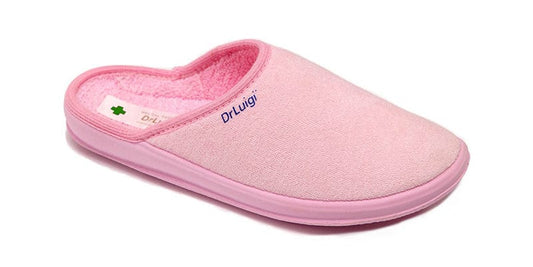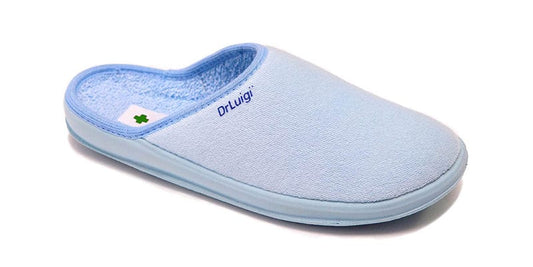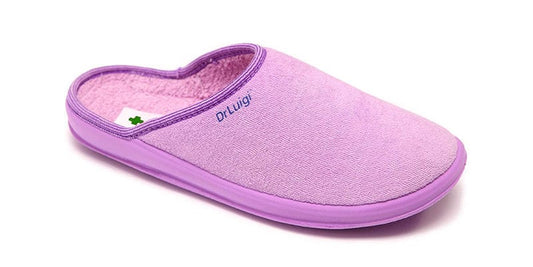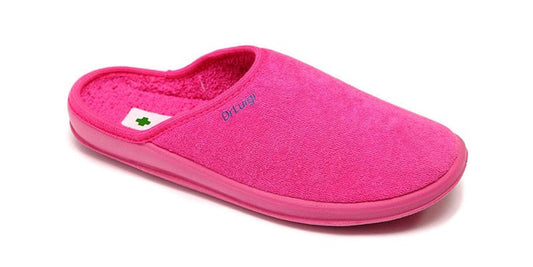A common foot condition is heel pain.
When using the affected heel, the pain is typically very severe. In most cases, heel pain develops gradually and worsens with time.
When you put weight on your heel, you frequently experience intense discomfort.
Most of the time, only one heel is troubled, but according to estimates, about one-third of people experience discomfort in both heels.
When you first get up in the morning or take a step after a period of inactivity, the pain is typically worse.
The discomfort typically gets better with walking, but after prolonged walking or standing, it frequently returns.
Some persons may limp or adopt an unusual walking gait as they attempt to keep their weight off the injured heel.
What causes heel pain?
The plantar fascia, a band of tissue in the foot, is what causes the majority of cases of heel pain when it sustains injury and thickens.
The thickening of the plantar fascia is referred to medically as plantar fasciitis.
The most typical cause of heel pain is plantar fasciitis. It involves swelling of the thick tissue band from the heel bone to the toes on the bottom of each foot.
With your first steps in the morning, plantar fasciitis frequently generates stabbing agony.
The discomfort usually subsides as you rise and move around, but it could come back if you stand for a long time or get up after sitting. Plantar fasciitis underlying cause is unclear.
Overweight individuals and runners are more likely to experience it.
A common foot and ankle issue is heel pain. Behind or beneath the heel, there may be pain.
Other conditions that can cause heel pain include:
Heel Fissures
Foot Spurs
Bursitis
Achilles tendinitis
Heel Fissures
Your feet's skin is prone to dryness because it produces fewer natural oils than other parts of your body.
The painful cracks that can develop when skin is unusually dry rather than pliable are referred to in medicine as heel fissures.
If your heel pain is coming from broken skin, it's crucial to check for it, especially if you haven't been using high-quality foot treatments on a regular basis.
When you stand or move around, the pressure placed on your heels causes the dry, rigid skin to split open, which leads to the development of cracks. It can also make existing fissures bigger and deeper. Carrying extra weight or walking on harsh, unforgiving surfaces (like London pavements) can make the issue worse.
Heel Spurs
The agony from heel spurs is as bad as it sounds. These bony protrusions, which are typically about an inch long and pierce the surrounding tissue, cause excruciating pain, especially when exercising.
Following an injury, calcium deposits build up in the heel bone and cause heel spurs to form.
While additional calcium can strengthen the heel, too much of it might be harmful.

Bursitis
The tiny, fluid-filled sacs that cushion the bones, tendons, and muscles close to your joints are subject to the painful condition known as bursitis. Bursitis develops when bursae swell up.
Bursitis most frequently occurs in the shoulder, elbow, and hip. Bursitis can also occur around the base of the big toe, the heel, and the knee. Near joints that experience frequent repetitive motion, bursitis frequently develops.
Achilles tendinitis
The band of tissue that joins your calf muscles at the back of your lower leg to your heel bone, the Achilles tendon, can become inflamed from overuse.
Achilles tendonitis most frequently affects runners who have abruptly increased their run length or intensity.
Middle-aged people who only participate in weekend sports like basketball or tennis are also prone to this.
Most cases of Achilles tendinitis can be managed with relatively straightforward at-home care while under
the guidance of your doctor.
Self-care techniques are typically required to stop reoccurring episodes. Achilles tendon ruptures can result from more severe cases of the condition and might need to be repaired surgically.





